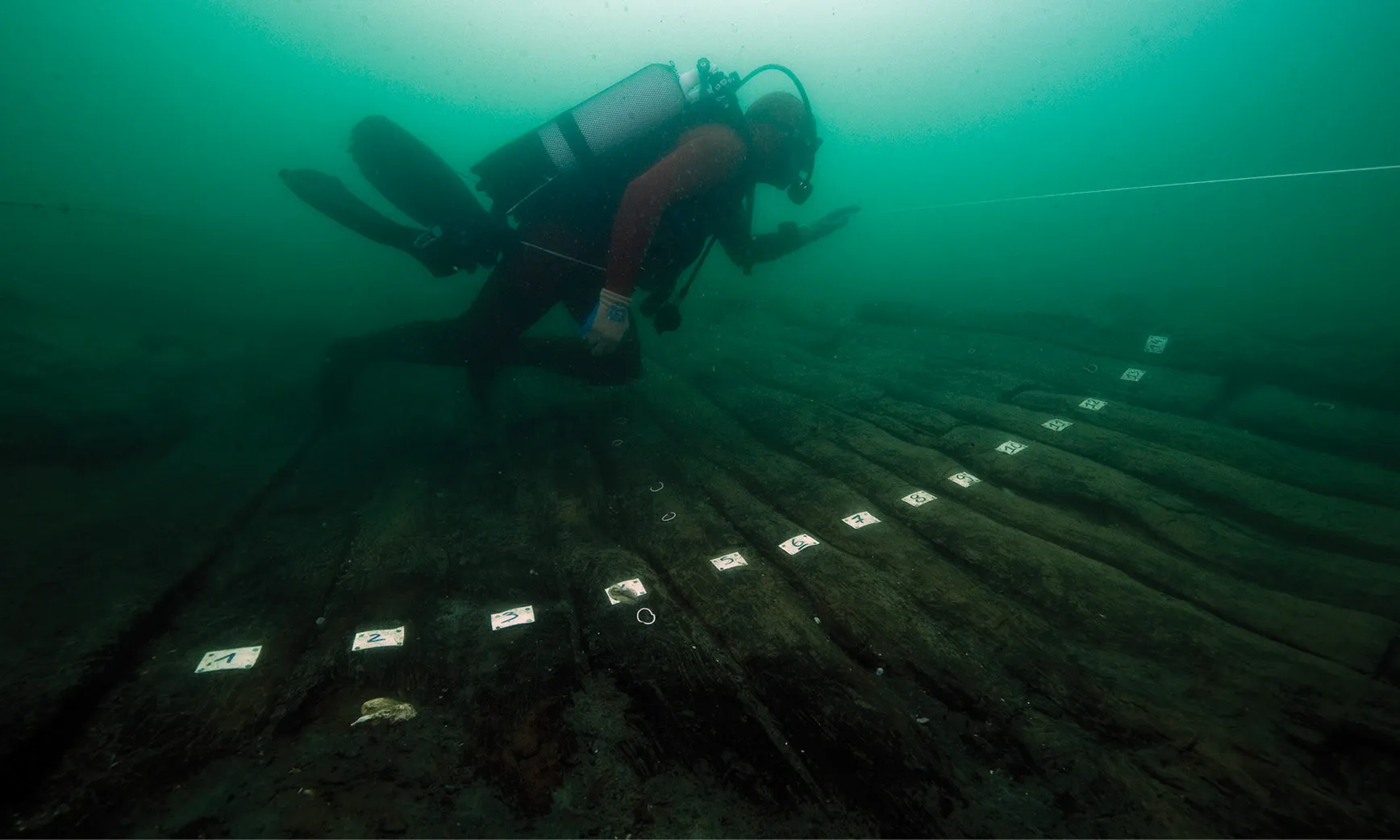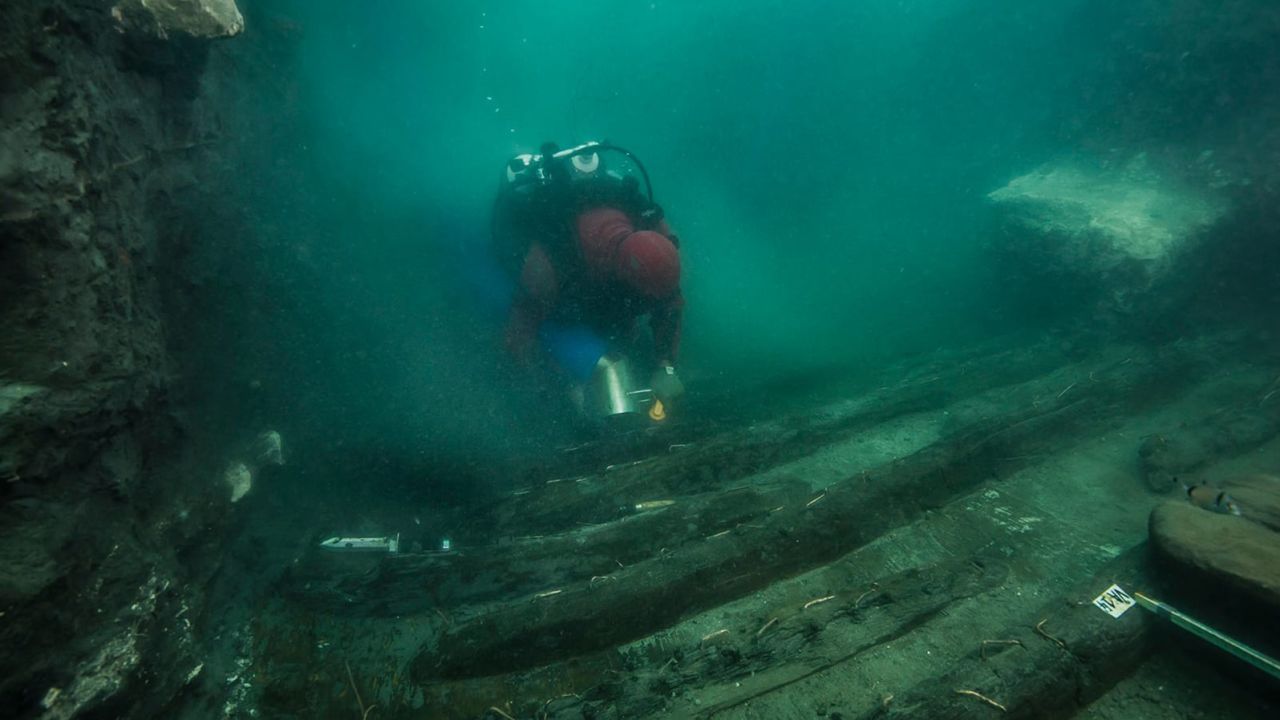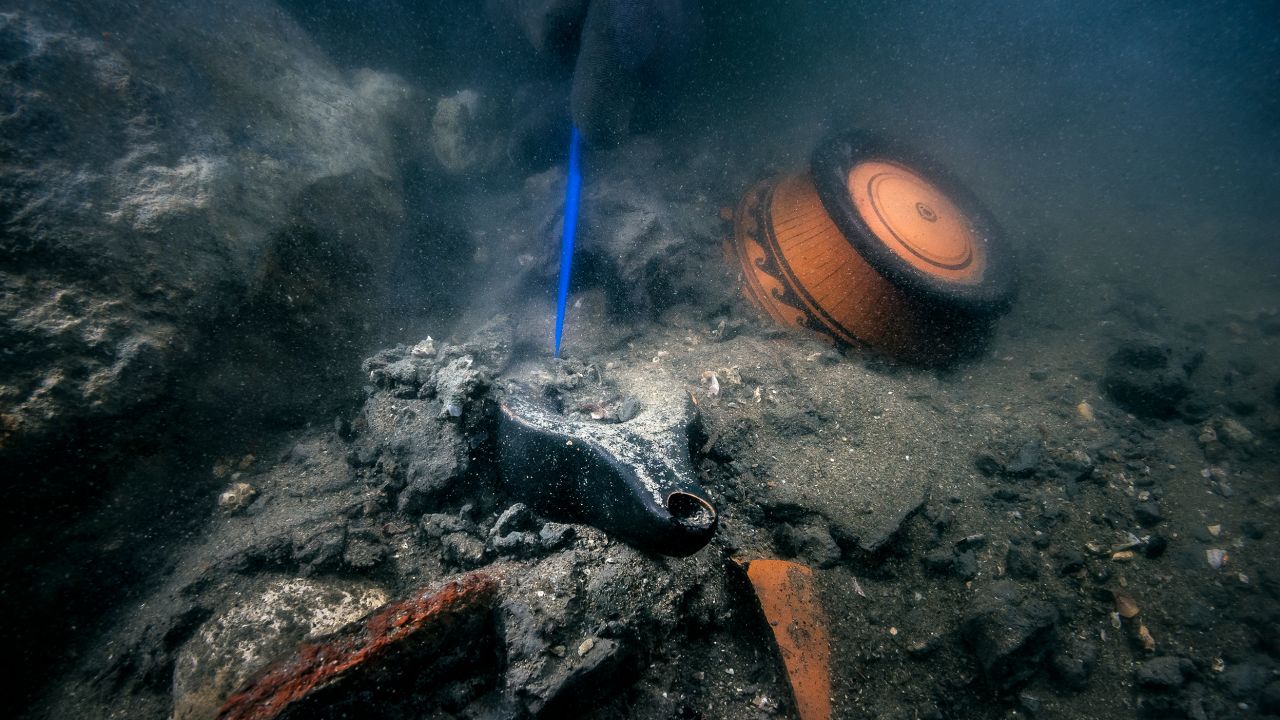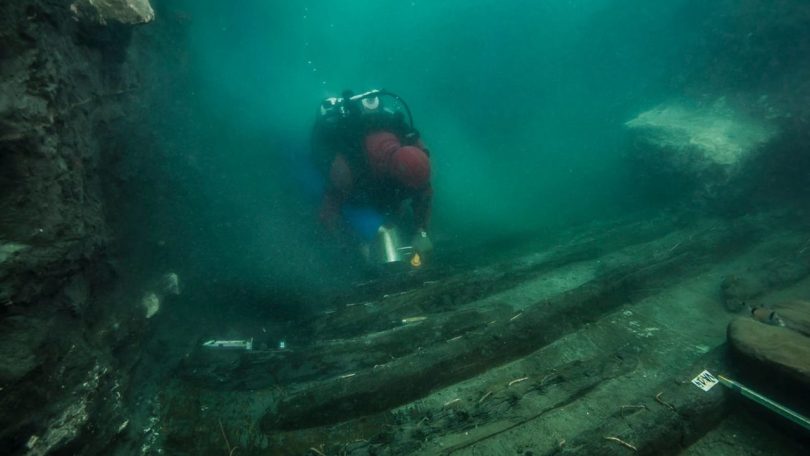The Lost City of Egypt, also known as Thonis-Heracleion, is one of the hidden gems in North Africa and evidence to the greatness of the ancient Pharaonic cities. For thousands of years, the city which knew glorious times as the obligatory port of entry to Egypt has been hidden under water.
From giant statues, Greek ceramics, ships and gold coins to 2,400-year-old wicker baskets filled with fruits, a lot of treasures have been discovered in the sunken city. Stay with us to explore more about the majestic city of Thonis-Heracleion in Egypt which was recognized as legend for centuries before its discovery in 2000.
Table of Contents
How Did the Heracleion Sink?
The city of Heracleion was located about 32 kilometres northwest of Alexandria on the Mediterranean sea. Its remains are found in the Gulf of Abu Qir. According to evidence on the site, the city was known late in history by its Egyptian and Greek names. The Egyptians called it Thonis while the Greeks called it Heracleion.

Discovering Thonis-Heracleion. Photo/ The Past.
The sinking of Thonis-Heracleion began at the end of the second century BC after a severe flood. The land on which the central island of Heracleion stood underwent soil liquefaction. It started by solid clay quickly turning into liquid before the buildings collapsed in the water.
According to reports, there were a few residents which remained in the Roman era and also stood at the beginning of the Arab conquest. However, everything that remained in the city completely sank under the deep waters by the end of the eighth century.
What Did Thonis-Heracleion in Egypt Look Like Before Sinking?
According to the National Geographic website, the existence of Thonis-Heracleion was recorded in only a few ancient texts and inscriptions. As a result, many people do not know how the city looked like before sinking.
The port of Thonis-Heracleion had numerous large basins and functioned as a hub for international trade. The long-forgotten emporium once controlled the maritime trade entering and leaving Egypt. Due to the intense activities that took place there, the city flourished. It extended all around the temple and a network of canals in and around the city gave it a lake dwelling place.

Thonis-Heracleion. Photo/ CNN.
Thonis-Heracleion, a city in ancient Egypt, had fantastic temples and tower-houses, which were linked by bridges, ferries and pontoons. Thonis had a large temple of Khonsou, son of Amun, who the Greek knew as Hercules. When the city was at its zenith between the 6th and 4th century, there was a large temple dedicated to Amun-Gereb in the middle of the city. Amun-Gereb was the supreme god of Egypt at the time.
How Was the City of Thonis-Heracleion Discovered?
Thonis-Heracleion in Egypt is one of the greatest submerged discoveries ever made in history. Franck Goddio and his team from the European Institute for Underwater Archaeology (IEASM) surveyed the area at the mouth of Nile. They noticed traces of a submerged landscape about four miles off the Egyptian shore and decided to trace it.
What they discovered was a submerged city that ended up solving an ancient mystery of two cities on the westernmost mouth of the Nile mentioned in historical sources: Thonis and Heracleion. In fact, they were one and the same.
What Was Discovered in Thonis-Heracleion?
Numerous archaeological treasures have been discovered in Thonis-Heracleion. The treasures include Greek ceramics and 2,400-year-old wicker baskets filled with fruits. Giant statues, gold coins, bronze statues, ships and the Egyptian & Greek stones were found a few kilometres from the coast of Alexandria. All the treasures are now in the Grand Egyptian Museum, Cairo.

Treasures underwater in Thonis-Heracleion, Egypt. Photo/ CNN.
Along the north-east entrance canal of Thonis-Heracleion, Franck Goddio and his team discovered the remains of a large tumulus, a Greek funerary area. The tumulus is about 60 metres (197 feet) long and eight metres (26 feet) wide. The region was covered with sumptuous funerary offerings dating back to the beginning of the fourth century.
In another area of the submerged city, Goddio and his team found a Ptolemaic galley. The galley sank after being hit by huge blocks from the temple of Amun. Falling blocks from the temple protected the galley by pinning it to the bottom of the canal.








